

Choosing the right self tapping bolts for wood factory applications is crucial for efficiency, safety, and product quality. This comprehensive guide will walk you through the key considerations when selecting and using self-tapping screws in a wood manufacturing environment. We'll cover different screw types, material compatibility, driving techniques, and best practices to ensure reliable performance and prevent costly mistakes.
Self-tapping screws, unlike traditional wood screws, create their own threads as they are driven into the wood. This eliminates the need for pre-drilling in many cases, speeding up the assembly process significantly. However, the choice of screw depends heavily on the type of wood and the application. Using the incorrect self tapping bolts for wood factory can lead to stripped wood, broken screws, or compromised joint strength.
Several types of self-tapping screws are suitable for wood applications. These include:
| Factor | Considerations |
|---|---|
| Wood Type | Hardwoods require screws with finer threads and a blunter point (Type B) to prevent splitting, while softer woods benefit from sharper points and coarser threads (Type A). |
| Screw Diameter | Larger diameter screws provide greater holding power but increase the risk of wood splitting. Smaller diameter screws offer better control but might be less strong. |
| Screw Length | Ensure sufficient screw length for adequate penetration and engagement with the supporting structure. |
| Holding Power Requirements | The application will dictate the required holding power. Heavily loaded joints will need stronger screws. |
To ensure optimal performance and prevent damage, follow these best practices:
Selecting and using the appropriate self tapping bolts for wood factory requires careful consideration of various factors. By understanding the different screw types, their suitability for various wood types, and adhering to best practices, wood factories can ensure efficient, safe, and high-quality production. For high-quality self-tapping screws and other fasteners, consider exploring our supplier Hebei Muyi Import&Export Trading Co.,Ltd. They offer a wide range of options to suit your specific needs.
Disclaimer: This information is for general guidance only. Always refer to the manufacturer's instructions for specific screw types and applications.

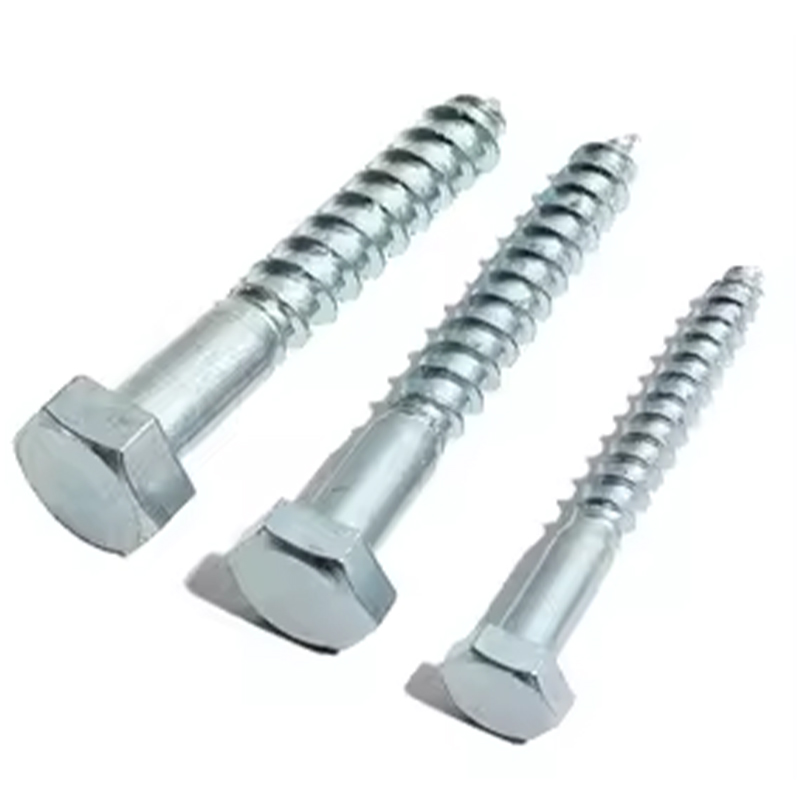
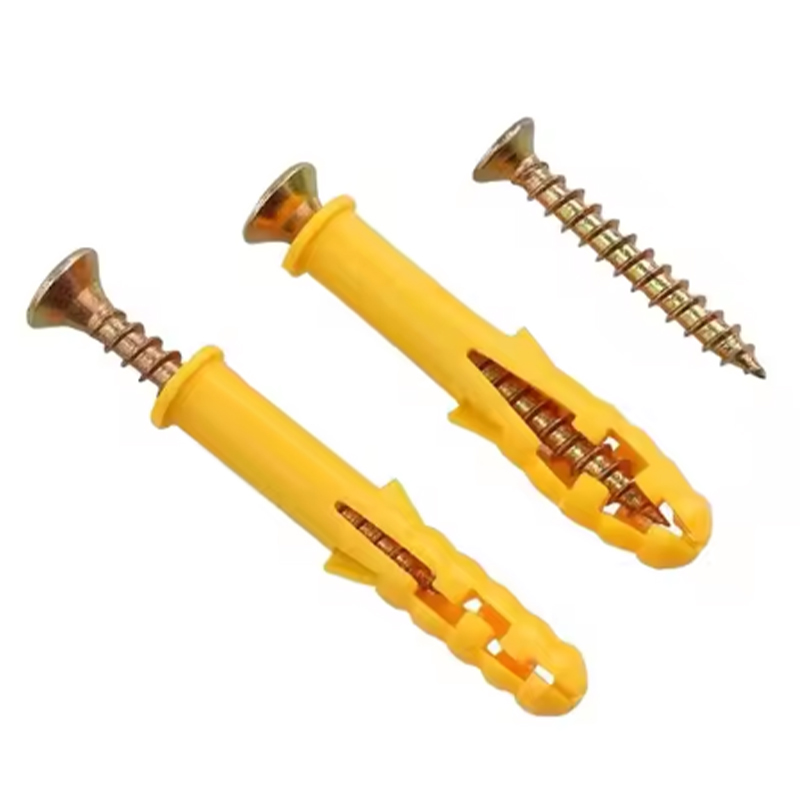

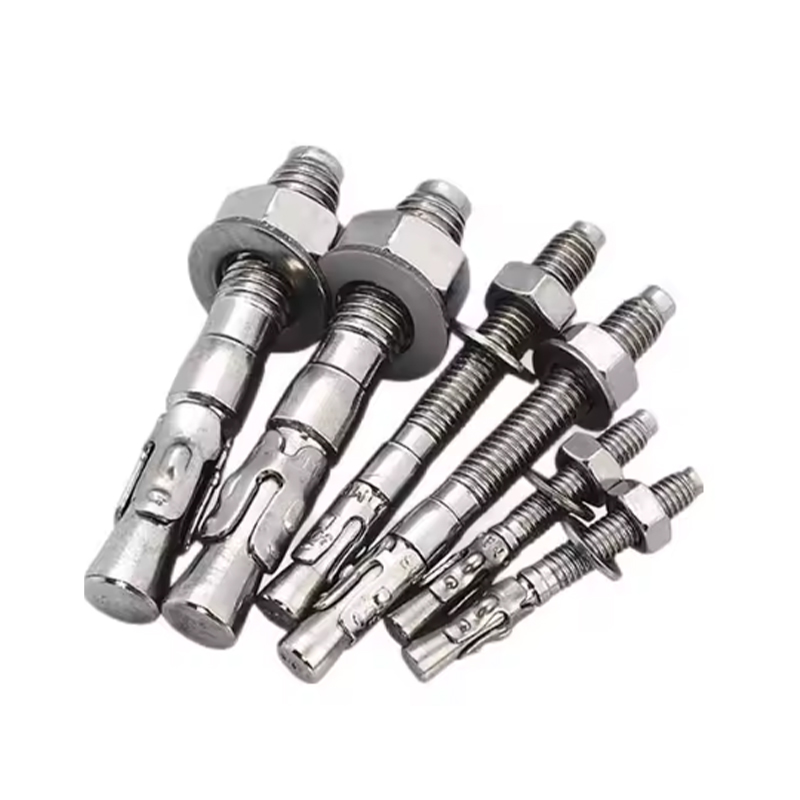
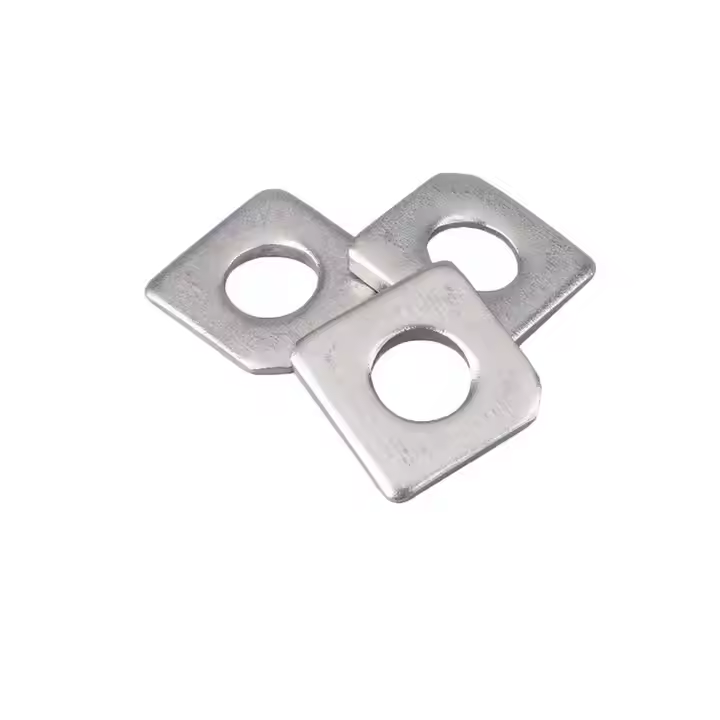
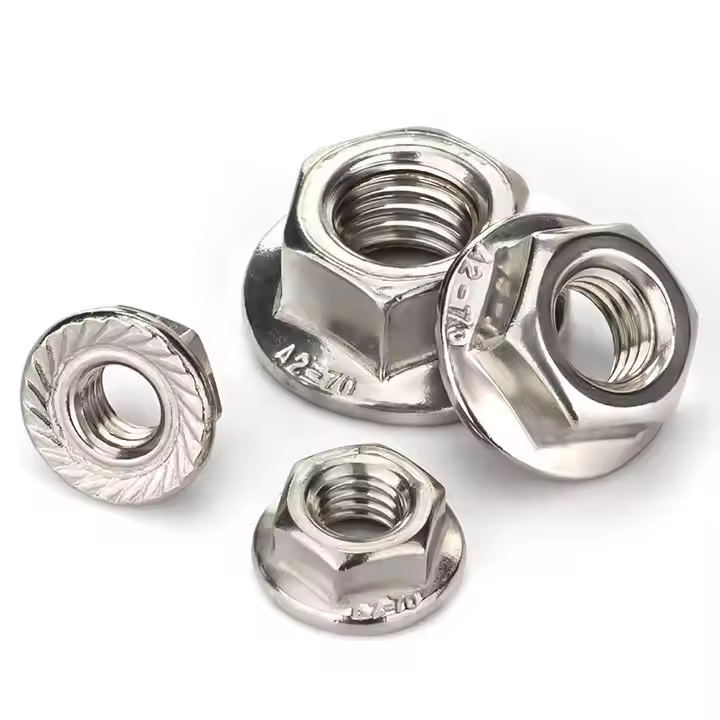
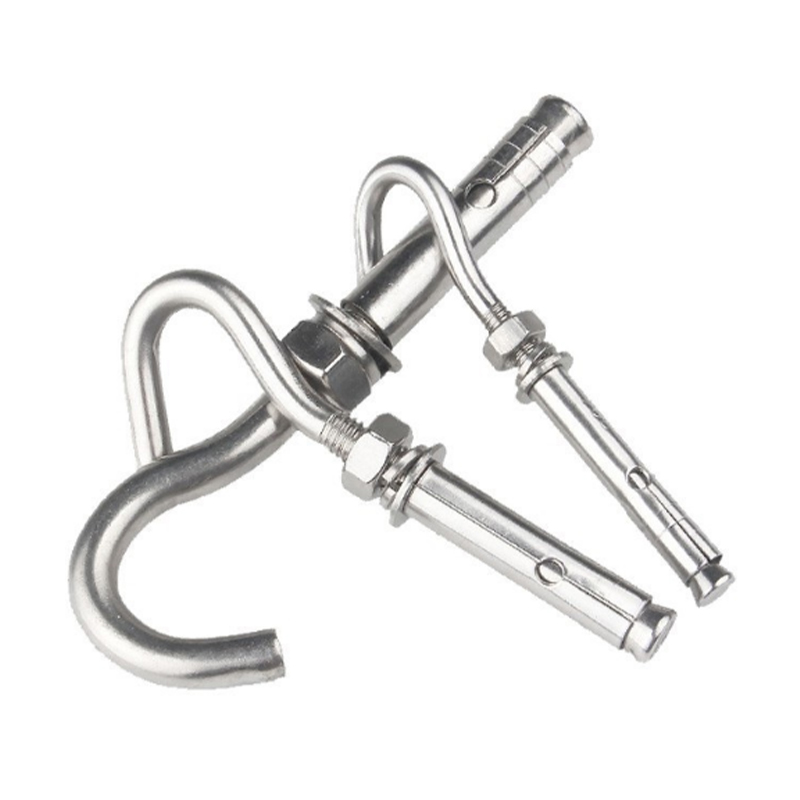
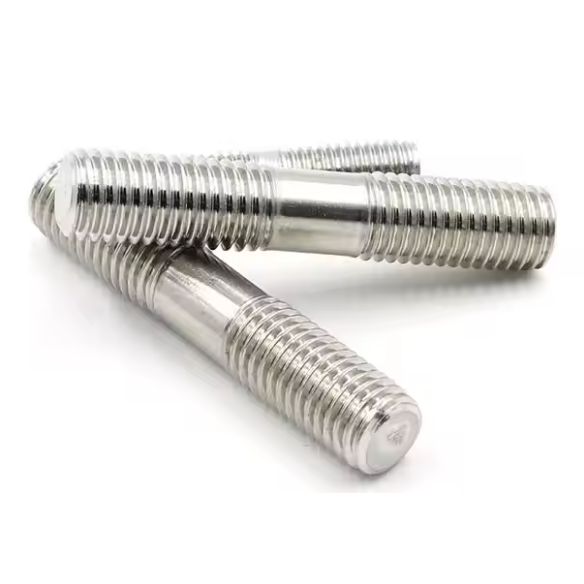
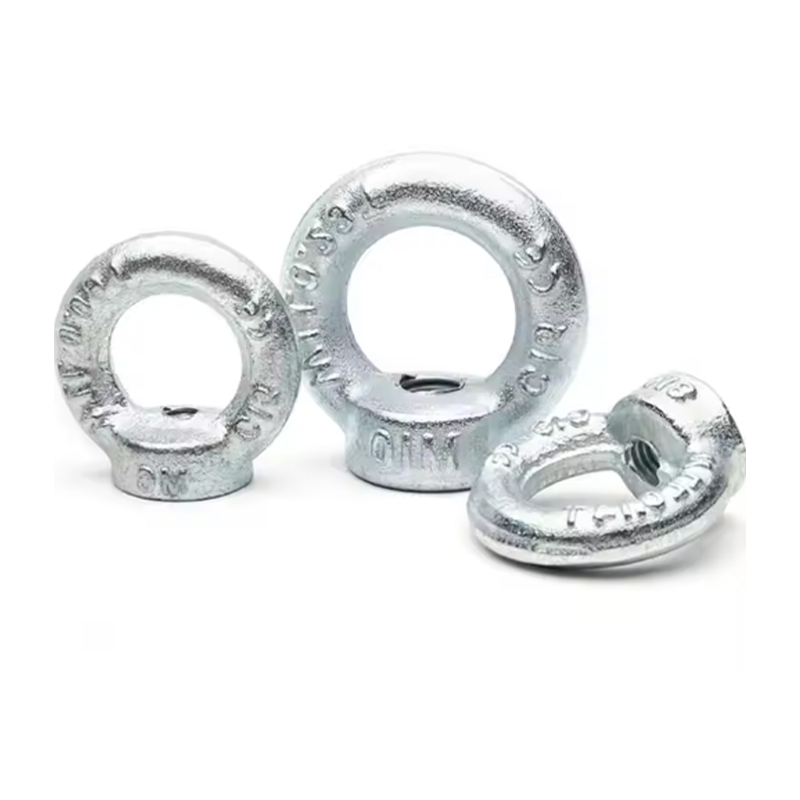
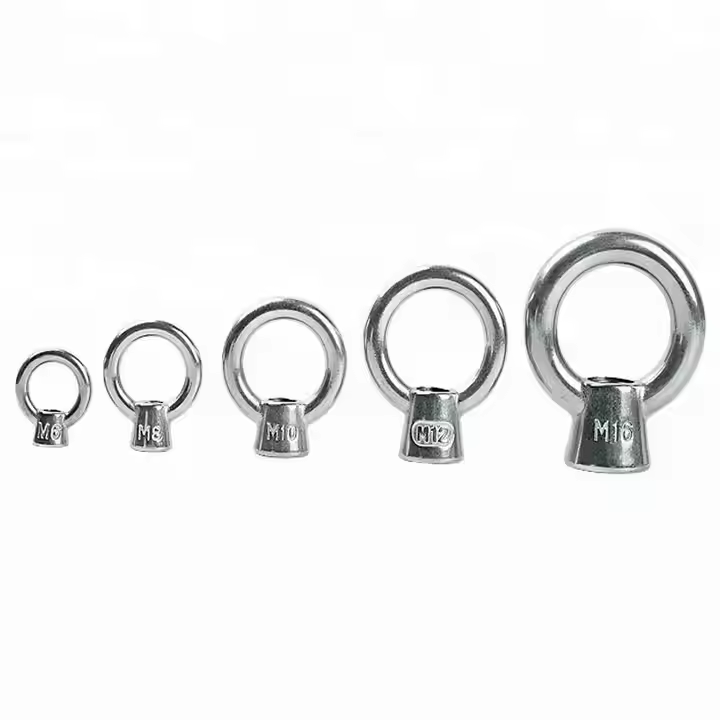
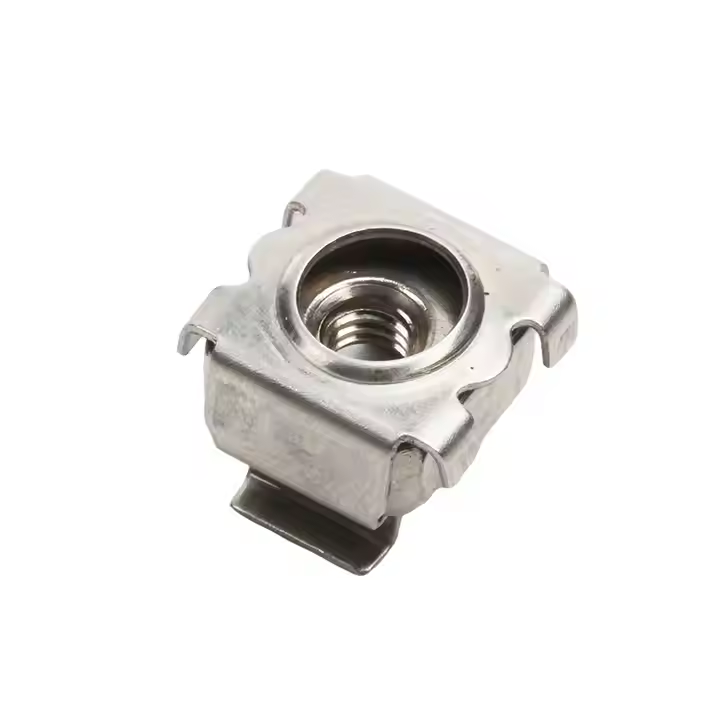
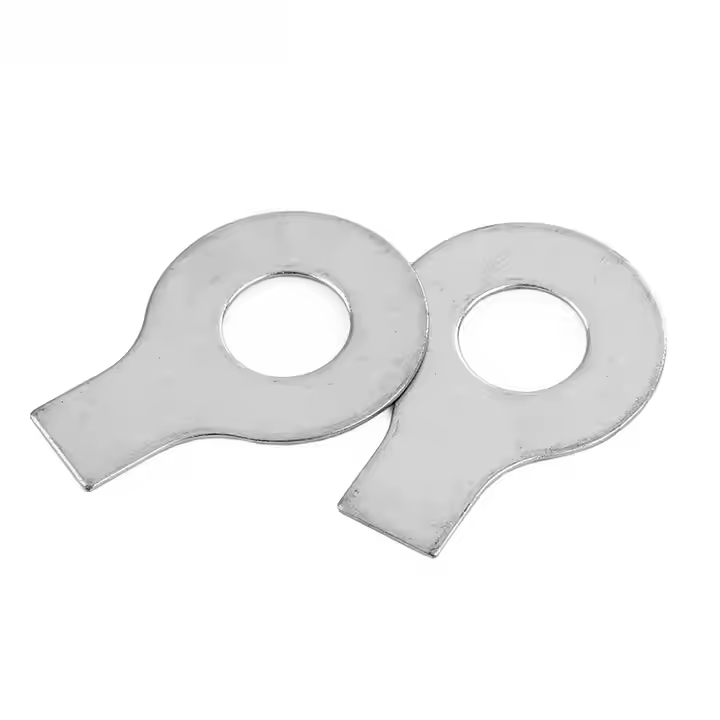
Please enter your email address and we will reply to your email.